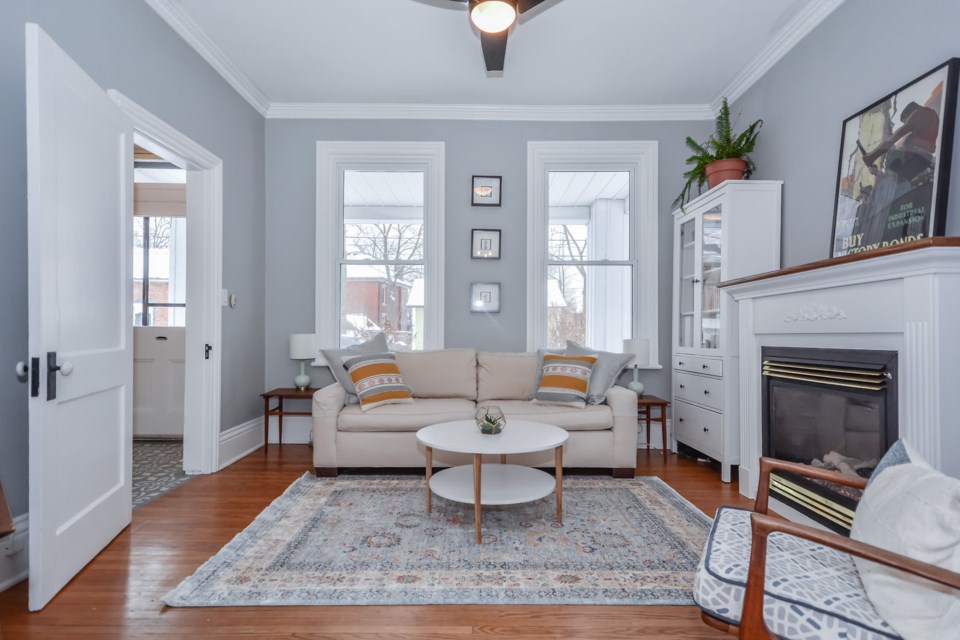The Guelph real estate market took us on a wild ride in 2018. Single family residential home sale dollars declined over 10% during the year and houses sold followed suit at about the same rate. The average purchase price of homes was just over $500,000 in Guelph (condos, townhouses and detached homes), which is nearly unchanged versus 2017.
In fact, December 2018 had the lowest sales volume in over 3 years.
Unlike 2017 where it was strong for sellers and “no conditions” offers were being made far over the original asking price, 2018 experienced a more balanced, conservative approach to the market. This healthier marketplace benefited everyone as there were more choices, more negotiation and more time available to make an informed decision on a would-be substantial investment.
Looking deeper into the year past, what were some of the other key points about the market in 2018?
Homes sat on the market longer
In 2018, Guelph’s sellers may have been hoping to profit from the same quick home sale turnaround that 2017 brought. But as spring rolled around, those considering selling quickly learned that history wasn’t repeating itself. The average home was on the market 24 days in 2018 - almost a full week longer than in 2017. This is partially due to the fact that most offers made had conditions attached, which prolongs the time the house is on the market.
And the longer it takes a home to sell, the more negotiating room there is for potential buyers.
Over 20% of homes sold over the original asking price in 2018, versus almost 50% in 2017 and 40% in 2016! Buyers supported this trend because it allowed them more time to make decisions about deals and attach beneficial conditions to offers.
To answer this trend, sellers needed to ensure that their properties stood out from the competition which was best achieved through a strong marketing strategy from a real estate agent to maximize exposure.
Neighbourhood specifics
Just because the average price was flat in 2018 versus 2017, it didn’t mean that all Guelph neighbourhoods were performing at the same level. Neighbourhood dynamics are an interesting way to determine how each area plays into the total City results.
Data shows that in 2018 the closer you were to downtown, the more the average price increased. This increase could be the due to organic growth of existing homes, increased inventory of condos, or commuters wanting to live closer to the train station.
The neighbourhood with the single largest average price increase in 2018 was St Georges Park at +26%.
Here are the average price changes of different areas of Guelph in 2017 (and versus 2016 in brackets)
- Downtown/ Exhibition Park/ The Ward: +4% (+26%)
- Riverside Park/ General Hospital: +1% (+20%)
- Victoria North/ Grange Rd/ York Rd Industrial: flat (+19%)
- Onward Willow/ WestAcres/ WillowWest/ Sugarbush: -1% (+26%)
- Kortright Hills/ Kortright West/ Kortright East/ Dovercliffe/Old University: -2% (+17%)
- PineRidge/ Clairfields: -2% (+18%)
The most expensive neighbourhood continued to be Kortright Hills, while the most affordable was Onward Willow.
Looking ahead to 2019
In 2019, it’s estimated that the average home price in the Guelph market will rise slightly, in the range of 1-3%. With the Bank of Canada expecting to raise interest rates two more times in 2019, Guelph may benefit from a shifting GTA market moving west as sellers downsize their mortgage payments while increasing their commutes.
Neighbourhoods with homes in the range of $400,000-$500,000 could become more competitive as first-time buyers get into the market before mortgage tightening rules increase. Specific areas that could see a benefit from new market entries are Onward Willow, the Junction and the Ward.
Ryan Waller is a Sales Representative at Home Group Realty. For a no obligation appointment please call 519-546-3390, email [email protected] or visit https://bethandryan.ca/
Source: GDAR single-family residential homes 2018, neighbourhoods with a minimum of ten sales in 2018.
 Photography courtesy of Sarah Miller, 2312 Photography. For more information please email [email protected]
Photography courtesy of Sarah Miller, 2312 Photography. For more information please email [email protected]
